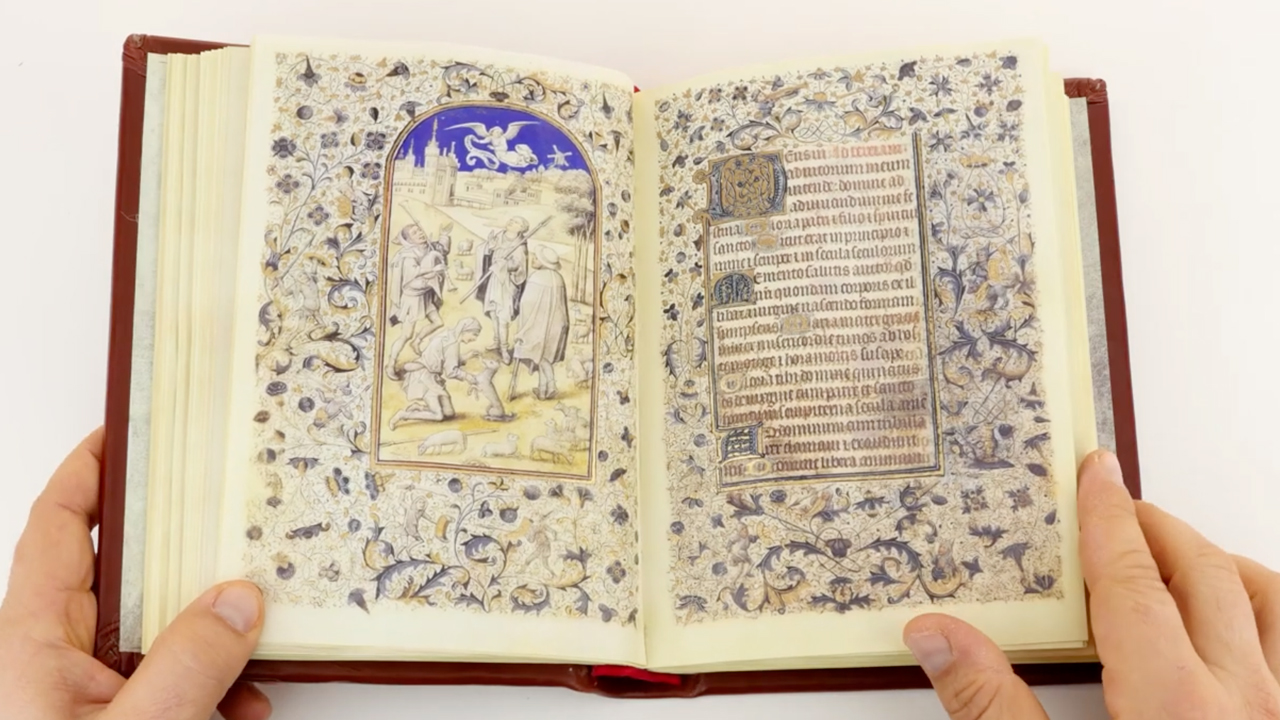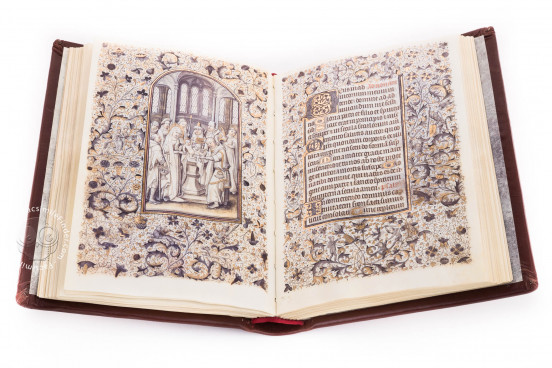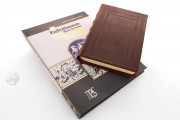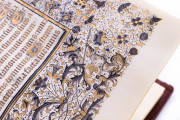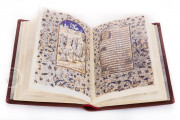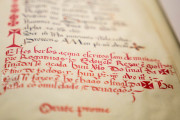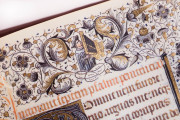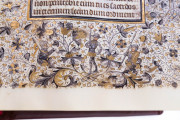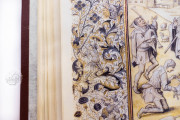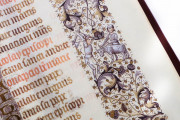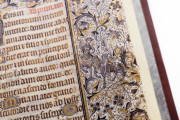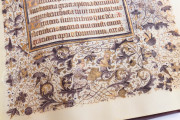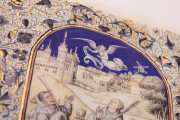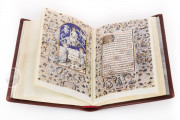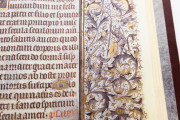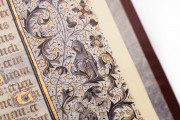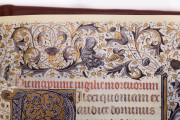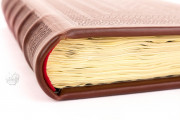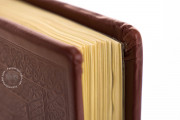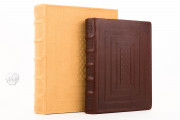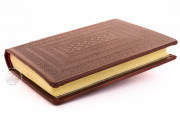The Libro de Horas de la Reina Dona Leonor is one of the most remarkable Flemish manuscripts to ever come down to us. The codex, also known as the Riches Heures of Vrelant, was written and illuminated in the third quarter of the fifteenth century and features a superb iconographic apparatus which is the work of Willem Vrelant.
The outstanding features of the iconography betray the hand of a talented and skilled artist such as Willem Vrelant, renowned artist from Utrecht, but mainly active in Bruges, where he opened his own workshop making his mark on Flemish book painting.
A Masterpiece of Grisaille Technique
One of the most unique elements of the iconographic apparatus are the decorations along the border which leave no empty space, fully covering the page with illuminated decorative elements in grey, blue and gold.
The artist seems to be very fond of highly stylized vegetal motifs which, one page after the other, are never identical. The miniatures, too, feature a very limited, yet superb color scheme according to the Grisaille technique – of which this manuscript represents a masterpiece. This technique entails the use of different shades of grey, which in this manuscript sometimes features the use of an intense color blue for the sky.
Both human and animal figures are realistically rendered, and customary to the Flemish style, the artist pays attention to perspective. In this regard, several miniatures are provided with beautifully depicted landscapes or detailed architectural frameworks.
Reference to Joan of Arc
Throughout the Hours of the Virgin – usually the most significant part of any book of hours – the illustrator seems to develop a story of biographical character, that is, the event involving Charles VII, King of France, and Joan of Arc, which led to the end of the Hundred Year War.
The book is now treasured in the National Library of Portugal and its commissioner remains uncertain. However, a few suggestions have been proposed as to how the manuscript ended up among Queen Leonor's possessions.
An Exquisite Example of Gothic Script
Written in Latin, the manuscript features a superb example of Gothica Textura Quadrata, which develops from the Gothica Prescissa and is so named due to the small square shaped serifs on the feet of the minims.
Binding description
Fortunately, unlike many medieval manuscripts, the Libro de Horas de la Reina Dona Leonor still features its original binding characterized by chestnut skin with dry etched mudejar motifs.
We have 1 facsimile edition of the manuscript "Hours of Queen Leonor": Libro de Horas de la Reina Doña Leonor facsimile edition, published by Círculo Científico, 2016
Request Info / Price
